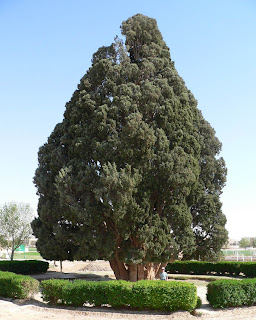Hannah Bruce Macdonald
It seems as though every new development nowadays is on the
nano-scale, and this is no exception. Professors from the University of Munich
and the University of Dresden have improved a method for the synthesis of
polymer carpets.
 |
| A Polymer Carpet |
Polymer carpets are made by grafting styrene polymers onto
copper supported graphene and these scientists have discovered that the carpet
density and thickness depends on the hydrogenation of the graphene. Graphene is
an incredible material, due to its versatility, but what makes it so useful as
a support for making polymer carpets is how stable it is to mechanical and
chemical influences. The team working on these carpets say that the ‘Polymer carpets
exhibit remarkable and unprecedented properties combining extreme thinness,
mechanical and chemical stability, robustness, flexibility, and (chemical)
sensitivity’. The chemical sensitivity mentioned by the team may sound
like a flaw, but this actually means that the nature of the carpet (effectively
its thickness, fluffiness or tangled-ness) can be fine-tuned with changes in
conditions like the solvent
quality, wetting and pH.
 |
| Natural (left) and artificial (right) nacre |
Polymer carpets are one of those materials that seem to be
good at everything. They are similar to biological membranes, such as the outside
layer of cells, but have the significant advantage of stability and the ability
to withstand considerable pressure. This feature means they have been applied
to use in water purification and desalination. Any developments in these fields
are of huge importance globally and more research and discoveries in this field
could make these polymer carpets a viable solution to the cleanliness of
drinking water.
Another unsuspected use of these is in the synthesis of
artificial nacre. If, like me, you don’t know what nacre is, it is mother of
pearl, the shiny inside coating of some seashells and the outer surface of
pearls. Pearls have had many uses over the years, but these tend to be mostly
decorative, in jewellery or furniture, but are beginning to be applied in more
areas. The pearl is originally made as a surface to protect the molluscs’ soft
material from damage through bombardment and protection from parasites. Nacre
is now being used as a novel material in medical surgery, as it has been shown
to stimulate the growth of cartilage when injected into bones. The ability to
make a Nacre alternative in the labs could prove to be advantageous, over
having to source it from the sea.
Any improvements in the understanding of the mechanism or
the synthesis of polymer carpets is useful, and allows a large step to be taken
towards applications such as these, however the greatest use of these diverse
materials could yet to be discovered.












.JPG)


.jpg)




